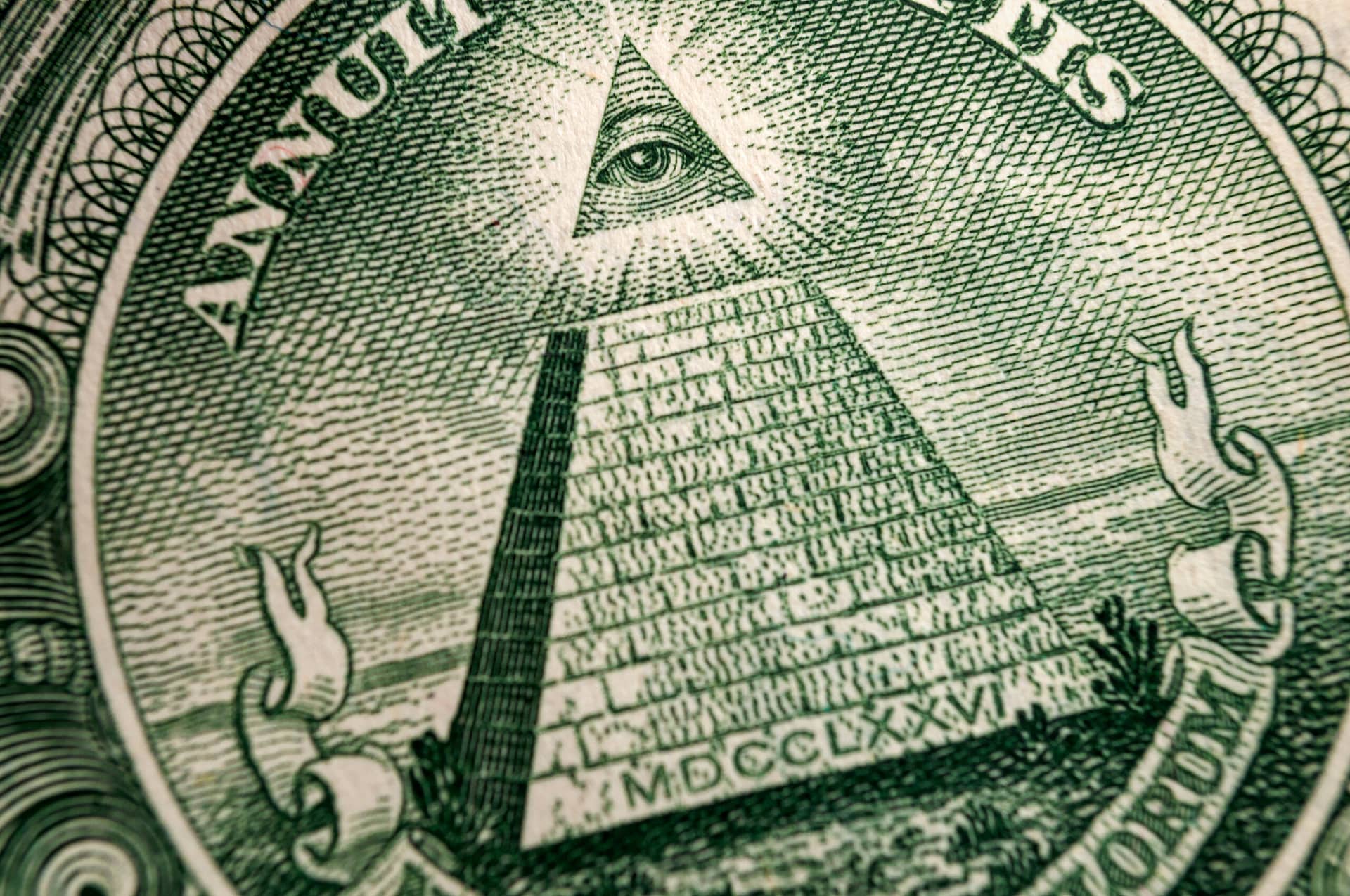The Life-Changing Benefit of Joining Freemason for Networking and Improvement
The Life-Changing Benefit of Joining Freemason for Networking and Improvement
Blog Article
Discover the Keys Behind the copyright and Their Impact on Culture
The copyright, commonly shrouded in misconception and speculation, offers a remarkable case research study of just how historical suitables can morph into contemporary conspiracy concepts. As we explore its beginnings, influence on advanced idea, and representation in contemporary society, we start to uncover the layers of intrigue that proceed to astound society.
Beginnings of the copyright
The copyright, typically shrouded in enigma and conjecture, traces its origins back to the late 18th century. Recognized as the Bavarian copyright, the company's key objective was to counter the prevailing impact of spiritual dogma and advertise intellectual discussion among its members.
The copyright took on a hierarchical structure, attracting motivation from Freemasonry, which permitted secretive meetings and routines - how to become a freemason. Membership was selective, encompassing significant numbers from numerous areas, including national politics, philosophy, and scientific research. This elite network looked for to effect social and political modification with private means, promoting for the civil liberties of people and the improvement of society
Regardless of its reasonably short existence, the Bavarian copyright was formally disbanded in 1785 due to government suppression. Nevertheless, its heritage sustained, triggering many conspiracy concepts and prominent culture recommendations that proceed to provoke intrigue and debate concerning its influence on modern culture.
Key Myths and Misunderstandings
In the middle of the appeal of privacy bordering the copyright, many myths and mistaken beliefs have actually arised, often misshaping the team's true nature and intents. One widespread misconception recommends that the copyright manages the world's federal governments and economic climates. While it holds true that the group aimed to influence social structures, the concept that it operates as a cohesive international creature master is mainly exaggerated.
Another usual misconception is that all members of the copyright possess huge wide range and power. Actually, the initial copyright consisted of intellectuals and Enlightenment thinkers, a number of whom sought reform rather than dominance. The concept that the copyright specifically recruits celebrities and political numbers is misdirecting; membership has actually traditionally included a diverse selection of individuals.
Furthermore, conspiracy theories usually paint the copyright as a malicious organization intent on worldwide domination through nefarious ways. Therefore, dividing reality from fiction is essential for a more clear understanding of the copyright's function in culture.
Historical Influence on Society
Throughout history, different intellectual movements have profoundly affected societal structures, and the copyright played a considerable duty during the Enlightenment. Established in 1776 in Bavaria, the copyright aimed to promote factor, secularism, and the doubting of established authority, countering the prominence of religious conviction. This organization drew in prominent thinkers and advocates of liberty, fostering an environment for the circulation of Knowledge ideals.
The copyright's values promoted sensible thought and empirical proof, which added to the broader intellectual landscape that motivated social reform and political adjustment. Members sought to improve society by supporting for education, freedom of speech, and the separation of church and state. Their private nature and enthusiastic agenda triggered both intrigue and suspicion, causing their eventual suppression by the Bavarian government in 1785.
In spite of their dissolution, the legacy of the copyright lingered, influencing cutting edge activities across Europe and the Americas. Their commitment to knowledge principles helped prepare for contemporary autonomous perfects and human rights, leaving a lasting imprint on the foundations of contemporary culture. how to become a freemason. The appeal of their secretive gatherings and thoughtful quests proceeds to mesmerize the imagination, highlighting their historic significance
Modern Interpretations and Beliefs
Contemporary interpretations of the copyright often mix historic reality with conspiracy theory theories, producing an intricate tapestry of ideas that catch prominent creative imagination. While the original copyright was a Bavarian secret culture established in 1776 with Knowledge ideals, modern ideas have actually advanced to encompass a vast range of analyses, often concentrating on styles of control and privacy.

Furthermore, some modern-day analyses posit that the copyright functions as an allegory for the battle in between knowledge and lack of knowledge, with supporters promoting awareness and vital reasoning as a way to counteract regarded oppression. This duality-- seeing the copyright as both a literal and symbolic entity-- shows the recurring fascination with the idea, mirroring deeper social stress and anxieties concerning power, transparency, and private autonomy in the contemporary globe.
The copyright in Popular Culture
The copyright has penetrated numerous facets of preferred society, materializing in literary works, film, songs, and art as a symbol of intrigue and enigma. This secret culture, typically depicted as a shadowy force adjusting international events, has actually inspired plenty of stories that discover motifs of power, conspiracy theory, and surprise knowledge.

Songs, as well, has been affected by the idea of the copyright. Artists like Jay-Z and Beyoncé have actually encountered conjecture regarding their affiliations with the society, motivating conversations regarding symbolism in their job and the nature of fame.
Visual art often integrates copyright themes, with musicians utilizing icons like the Eye of Divine superintendence and the pyramid to evoke a feeling of secret. Through these check this numerous tools, the copyright offers not just as a subject of conjecture however additionally this content as a lens where culture examines its own complexities and worries.
Final Thought

Report this page